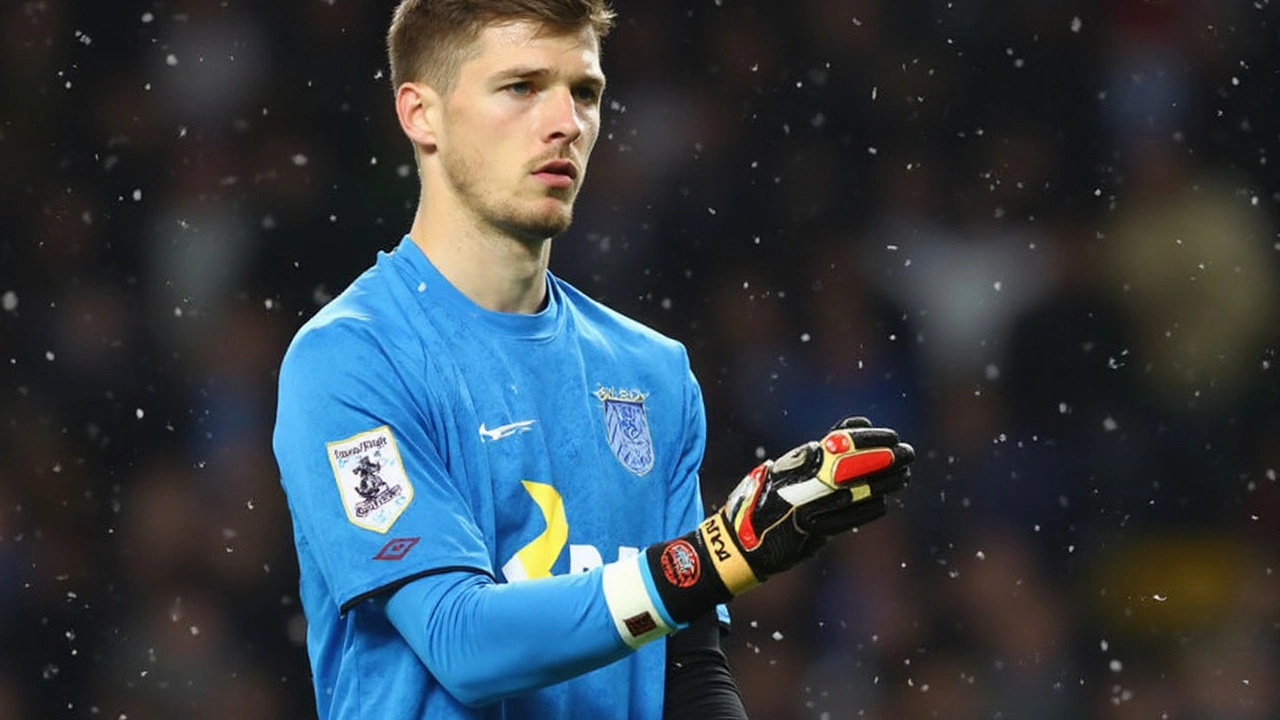Goalkeeper – All You Need to Know
When talking about Goalkeeper, the player who protects the net and may use hands inside the penalty area. Also known as shot‑stopper, the goalkeeper is the last line of defense and often the first line of attack. Also vital are goalkeeper gloves, specialised handwear that improve grip and protect the hands, and the concept of a clean sheet, a match where no goals are conceded. These pieces shape the core of modern goalkeeping.
Goalkeeper gloves aren't just accessories; they’re performance tools. Made with latex palms and padded backs, they let a keeper react faster to high‑speed shots. A good pair reduces hand injuries and adds confidence when diving at the edge of the box. The relationship is clear: better grip translates to more saves, which in turn raises the chance of keeping a clean sheet. Many pros, like Marco Bizot, credit their glove choice for consistency across a season.
A clean sheet is the ultimate badge of honor for any keeper. It reflects not only individual skill but also defensive organization, positioning, and communication. Teams that consistently record clean sheets usually have a goalkeeper who reads the game well, commands the area, and coordinates the back line. The metric also influences transfer value—clubs scout players with high clean‑sheet percentages because they often bring stability to the squad.
Penalty saves add drama and a reputation boost. A keeper who can read a kicker’s run‑up, anticipate placement, and react in a split second becomes a fan favourite. The art of penalty‑saving blends psychology, reflexes, and even study of opponent habits. Recent data shows that goalkeepers who practice specific penalty drills improve their save rate by up to 15 %.
Key Aspects of Goalkeeping
The modern sweeper‑keeper role blurs the line between defender and goalkeeper. Players like Alisson and Ederson step out of the box to act as an extra defender, intercepting long balls and initiating attacks. This requires excellent footwork, vision, and the ability to deliver accurate short passes. The shift illustrates how goalkeeper responsibilities now encompass both shot‑stopping and ball distribution.
Distribution is another critical skill. A keeper’s first touch, throw‑out, or long kick can dictate the tempo of a counter‑attack. Good distribution shortens the distance between defense and offense, turning defense into an immediate scoring chance. Training drills that combine accuracy with speed help goalkeepers become reliable play‑makers.
Goalkeeper coaching focuses on drills that improve reaction time, aerial ability, and decision‑making under pressure. Sessions often include reaction‑ball exercises, one‑on‑one 1v1 scenarios, and simulated set‑piece situations. Coaches also stress mental resilience because a single mistake can change a match outcome.
All these elements—gloves, clean sheets, penalty expertise, sweeper‑keeper duties, and distribution—interact to define what a top‑class goalkeeper looks like today. Below you’ll find articles, news updates, and tips that dive deeper into each of these facets, from equipment reviews to tactical breakdowns. Explore the collection to sharpen your knowledge and stay ahead of the game.
